Partie de tric-trac (1895)
Género : Documental
Tiempo de ejecución : 1M
Director : Louis Lumière
Sinopsis
A man and a woman, observed by others, are playing a game of Tric-trac, a French variant of Backgammon. During the course of the game, the man gets caught red-handed, which results in him closing the game board.
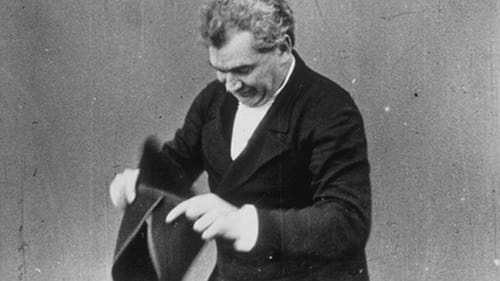
Félicien Trewey uses a basic prop to create comical hats and their accompanying caricatures.
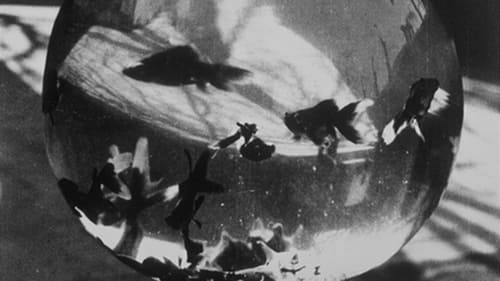
[…] by shooting the fish in a globular bowl, the Lumières effectively use a fisheye lens, which offers distortions. The history of cinema has witnessed a struggle between the objective and subjective camera and the optically distorting lenses like the fisheye lens has been a powerful tool for the subjective camera. Here it is at the start. (from IMDB)

Pedestrian and various vehicles traffic on Place Bellecour, in Lyon.
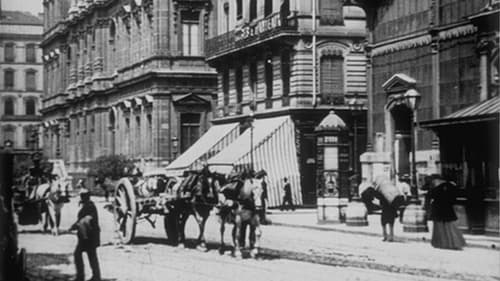
Pedestrian and horse-drawn vehicles traffic, across the Place des Cordeliers, in Lyon.

A photographer has his camera all set up to take a gentleman's picture. The subject checks his face in a hand mirror, and the photographer poses him. Just as the photographer is about to take the picture, the subject gets up to look at the camera more closely. The frustrated photographer soon becomes quite impatient.
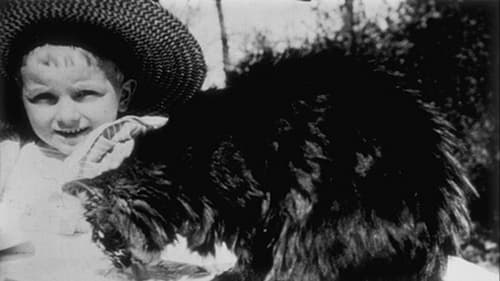
A small boy brings a plate of milk to a big cat, grooming itself.

While his aide continuously turns the handle of the bellows, keeping hot a small furnace in front of him, a farrier prepares a horse's hoof to receive a new shoe.

A butcher puts a full-grown live pig into his large box-like machine. Moments later, he draws out a full range of pork products, many already packaged for sale.
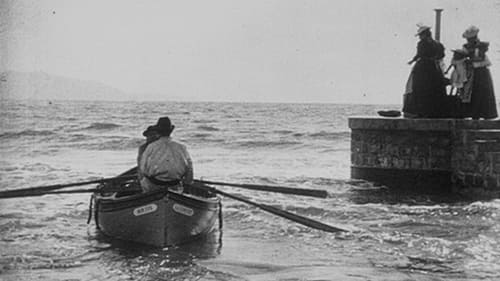
In very bad weather and a stormy sea, a small boat manned by two men is trying to leave the harbor of La Ciotat, while several people are watching them from the nearby pier.

Eight circus performers known as the Grunato family perform their famous balancing act.

Students in Lyon.

Three dancers do a Russian folkloric step dance, facing the camera, in traditional clothes, fur hats and leather boots.

The two inventors of the Bioskop, a sort of magic lantern that projected images so fast as to give the illusion of movement, bow to the camera at both sides of an empty screen. The scene was shown in continuity, at the end of the session, as if the producers and directors of the session were beading the public a farewell.

Part of the Wintergartenprogramm.

A man performs tricks on a theatre stage with a bowler hat and a billiards ball in equilibrium on his arms and body.

A young woman dancer with large, flowing robes, swirls round herself quickly, making her light robe flow around her like a butterfly's wings.
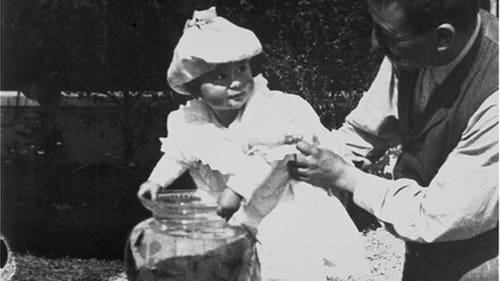
A man, holding a baby up in his hands, is standing next to a fishbowl. The baby is trying, in vain, to catch a goldfish with his bare hands.
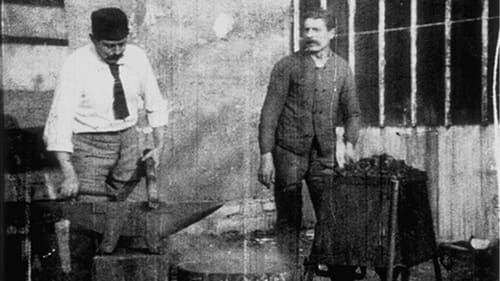
While his aide continuously turns the handle of the bellows, keeping hot a small furnace in front of him, a blacksmith is pounding a piece of metal on an anvil, then plunges the shaft into a tub of water, causing a cloud of vapor in the process.

One of the pictures to be seen in the machine, for example, was that of a blacksmith shop in which two men were working, one shoeing a horse, the other heating iron at the forge. One would be seen to drive the nail into the shoe of the horse's hoof, to change his position and every movement needed in the work was clearly shown as if the object was in real (life). In fact, the whole routine of the two men's labor and their movements for the day was presented to the view of the observer.

A short black-and-white silent documentary film featuring one dog jumping through hoops and another dancing in a costume, which was considered lost until footage from an 1896 Fairground Programme was identified as being from this film.












